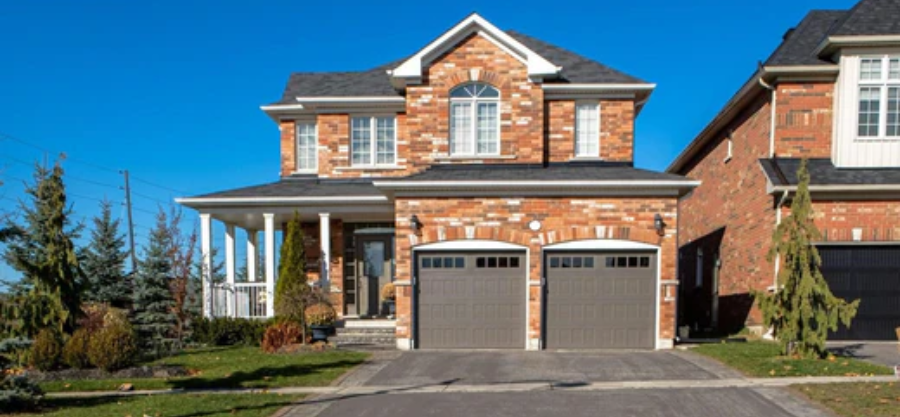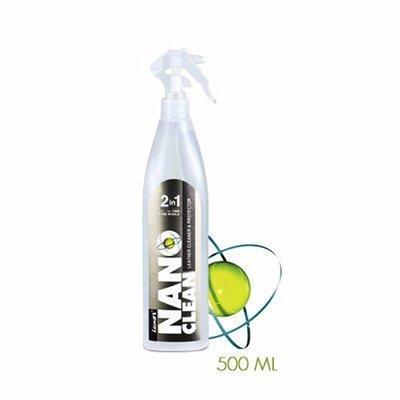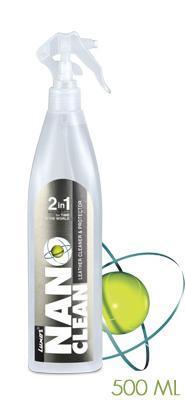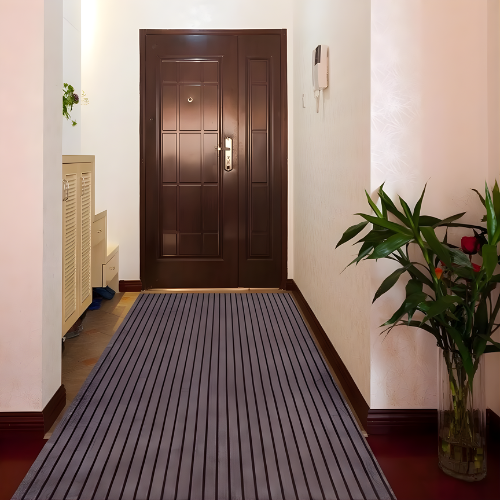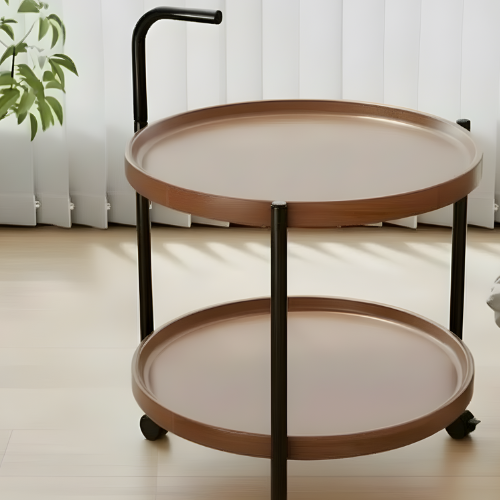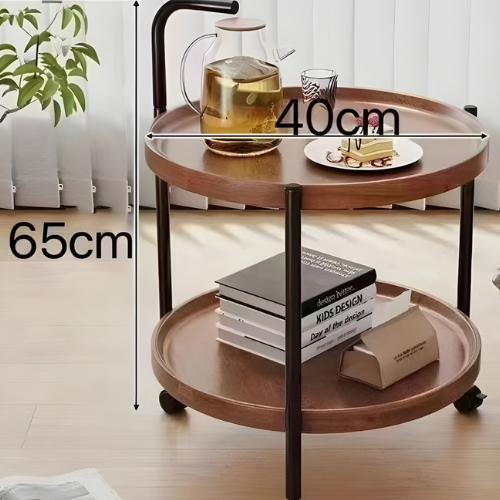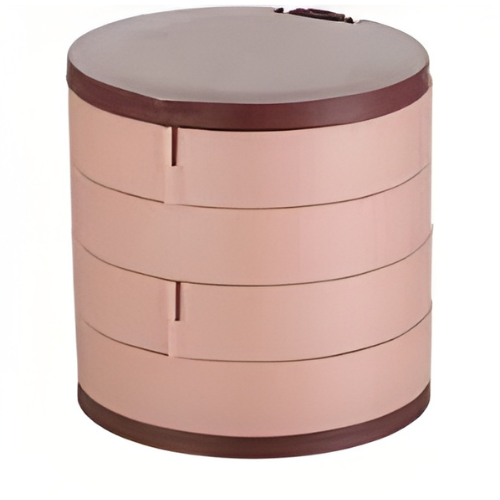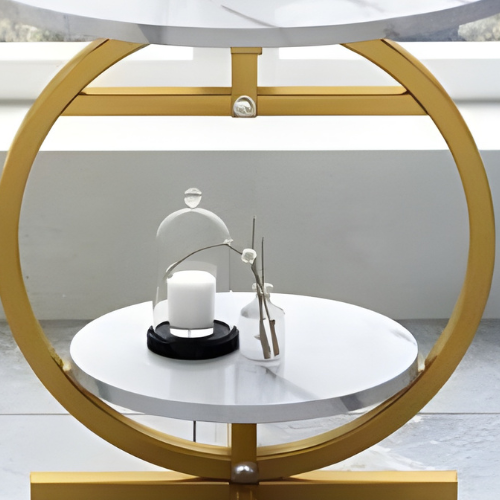Caring for your garage door is very important for the exterior vibe of your home. It’s a large and conspicuous focal point that should always stand out. Other than that, you need your garage door functioning normally for stress-free days. You can imagine how frustrating it can get when the garage door won’t open when you need it to. Moreover, the proper functioning of the garage door matters to the safety and efficiency of your home. It is an entry point that can open up to burglars and other safety hazards such as flood water. Neglecting it not only leads to expensive repairs but can also affect the integrity of your home’s structure in case of water damage.
Garage door maintenance tips
Your garage door receives heavy use on a daily basis. It is not right that you only get to give it attention when it has stopped working. Implement the following tips to care for the garage door and keep it working optimally.
Carry out regular inspection
Waiting to hear squeaky noises or the garage door getting stuck would be too late, and you might end up paying heftily for repairs. Carrying out regular inspections of the components can save you from this. You will be in a position to notice any issues and have them rectified in time. Here is what to check during your routine inspections:
- Nuts, bolts, screws, and brackets – These loosen over time following vibration from daily use. Make sure that they are tightened well
- Cables, springs, and pulleys – Check whether these are damaged or worn out. You should keep an eye on stretched springs and broken cables
- Rollers – Check for wear and tear and plan for replacement if worn out
- Weatherstripping – Look out for peels and cracks on the weatherstripping material and replace it if any is noticed
- Door panels – Inspect the door for any issues. For steel doors, look for rust spots. For wooden doors, look out for signs of warping, water damage, and chipping paint
While you can fix some of the issues yourself, such as replacing the weatherstripping, you need the hand of a professional for complicated or extensive damages. Keep in mind that some fixes can cause injuries; you are better off leaving them to an expert. Moreover, for garage doors made of wood, replacement would be necessary if they are extensively damaged by water or warped. Leave the job to a professional for long-lasting results.
Lubricate the moving parts
Lubricating the garage door’s moving parts is crucial to having them moving without an issue. You should endeavor to do this task after every six months. However, you should do it more frequently if you live in an area with harsh temperature conditions. How do you go about garage door lubrication? Have your lubricant in hand, preferably lithium grease or silicone spray, and get to work. Focus on these moving parts when at it:
- Hinges – Lubricate if your garage door has metal hinges. But you want to skip lubricating the hinges if they are made of plastic
- Pulleys – Lubricate the bearing in case of a torsion spring opener. For extension spring opener, you need to spray the pulleys on the opener
- Roller – Remove any debris on the rollers before applying the lubricant. If the pulleys are unsealed, lubricate the bearings. If they are sealed, lubricate around and into the stems
- Springs – Springs also need lubrication to continue moving smoothly. However, restrict the lubricant to just a little of it. It is wise to leave this to an experienced hand if you feel unsure about it
Clean routinely
The garage door itself plus the area around it, should always stay clean and neat. This is vital for the visual appeal of your façade as well as the optimal functioning of the garage door. Whether lubricating or not, always make sure to remove debris along the garage door’s track. Go in with a soft toothbrush to remove the buildup of dirt and grease. Next, spray a disc brake cleaner and clean it off with a clean rug.
In addition, wash the garage door off any dirt. For timber garage doors, you need a mild detergent and a piece of cloth to get it done. Repainting the door should also be a part of keeping it clean. If the paint is chipping, scrape it off, sand the door, and repaint.
A steel door is also good with a mild detergent. Remember to apply an anti-rust solution if you notice any rust. Better still, sand the rusted area and give it a new coat of paint. In the case of an aluminum door, you might want to use a mix of water and vinegar to wipe it down.
Test for balance and auto-reverse feature
When the garage door isn't balanced properly, it overworks the opener, hastening the speed of wear and tear. Part of your routine garage door care should be dedicated to ensuring that the door and the springs are in balance. Testing for balance involves looking out for:
- Rollers, chains and cables that are off the track
- Garage door banging after closing
- Automatic opener not responding
- Loud noises when opening and closing
- Door taking too much force to open or close
You can also test the balance manually by opening the door halfway up. Be sure to disable the automatic opener and do this manually. If the door fails to remain open and falls back down, there is an issue with the system balance.
In addition to the balance, test the auto reverse feature of your garage door. Ideally, this is a safety feature that causes the door to reverse when an obstacle is detected. Place an obstacle such as a block under the door to see how it reacts when it gets to it.
Conclusion
Caring for your garage door should be in your regular to-do list if you are to enhance your home’s curb appeal. You want a well-maintained garage door for an eye-catching focal point. In addition, caring for your garage door enhances your convenience and safety. Be sure to carry out regular inspection of the various components and lubricate the moving parts. In addition, test for safety and balance regularly. Be sure to involve a professional in rectifying any issues. Lastly, don’t forget to keep the door clean and looking great.
Authors Bio: Elliot Rhodes

Elliot has been both an interior and exterior designer for over 8 years. He is happy to plan and design exteriors of residential, commercial, and industrial buildings. He helps others with beautifying the outside areas of their homes and businesses. When he has free time, he is writing articles on latest designing trends and projects



